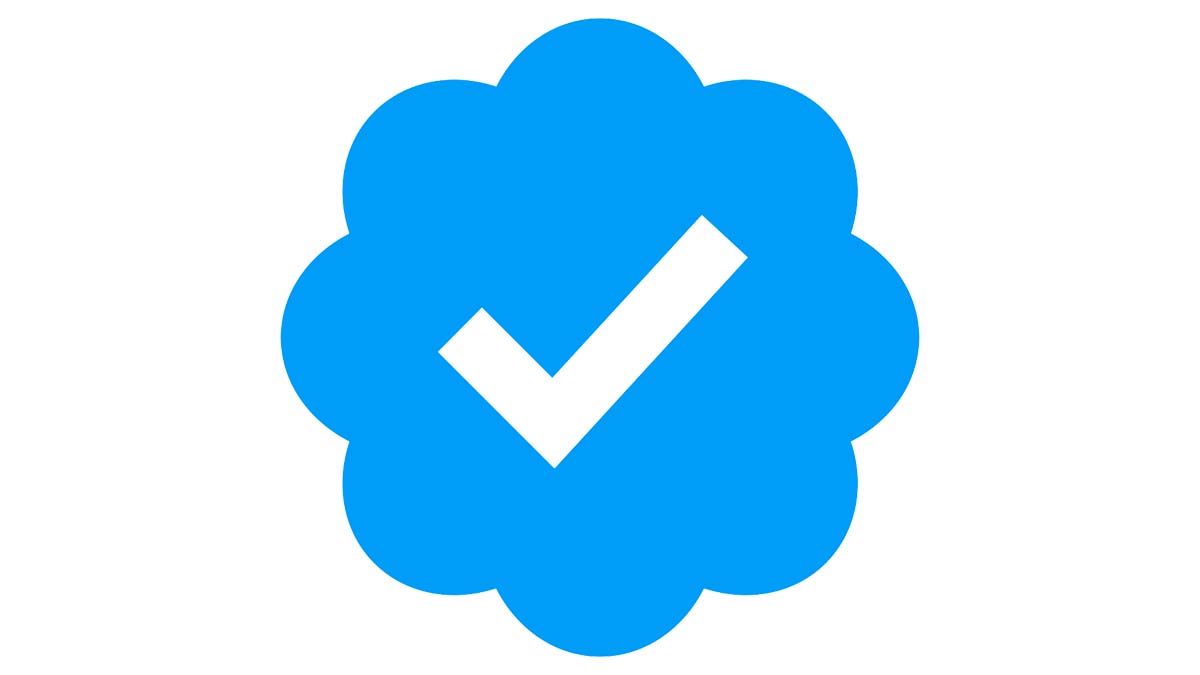Most Twitter Accounts Still Have Their Verified Check Marks, and the Reason Why Is Absurd

For many, April 1, 2023, was going to have a very silly landmark. No, not because of the new official SEGA game where Sonic dies. Although that was delightful. Rather, Twitter made a big fuss that on April 1st, everyone who didn’t pay for Twitter Blue—including companies—would have their verification check marks taken away. On March 31, verified users jokingly talked about spending their last nights with their check marks, because there was obviously no way in hell they were giving Elon Musk $8 a month.
But then, almost every check mark was still there on April 1st. And April 2nd. What the hell? Was it a very bad April Fool’s joke that wasn’t actually made on April Fool’s Day? Was everyone saying that they weren’t going to pay for Twitter Blue while secretly forking over the cash? Or is this just another case of Twitter under Musk being wildly mismanaged, understaffed, and poorly constructed? As you might have guessed, it’s the latter!
Why are so few blue checks gone?
The Washington Post offered an incredibly convincing reason for why so few users have had their verification checks deleted. As explained by reporters Rachel Lerman and Faiz Siddiqui:
Removal of verification badges is a largely manual process powered by a system prone to breaking, which draws on a large internal database—similar to an Excel spreadsheet—in which verification data is stored, according to the former employees. Sometimes, an employee would try to remove a badge but the change wouldn’t take, one of the former employees said, prompting workers to explore workarounds. In the past, there was no way to reliably remove badges at a bulk scale—prompting workers tackling spam, for example, to have to remove check marks one-by-one.
“It was all held together with duct tape,” the former employee added.
Rachel Lerman and Faiz Siddiqui, via the Washington Post
YIKES. So you’re telling me that Twitter Verification is managed on a freaking Excel spreadsheet? I know nothing about programming, but I do know how to manage an Excel spreadsheet. Sort of. Can I get a $100K/year salary in Silicon Valley, then?
Worse, the Post‘s explanation hints that Twitter’s internal system is so buggy, employees cannot simply remove everyone’s checks in one fell swoop. We’re lead to believe there are poor human beings working overtime this weekend—going through that Excel spreadsheet, seeing if the user in question paid for Twitter Blue, and then manually deleting the checks of those who didn’t pay up.
They are doing this one by one. There are about 420,000 legacy verified users on Twitter. By noon on Sunday, only a few dozen check marks had been deleted.
This chaos doesn’t even consider the issues which will occur after the checks are removed. Per the same Post story:
The removal of verification badges at such a wide scale has the potential to disrupt systems across Twitter’s website, including its recommendation algorithms, spam filters and help center requests. Twitter has previously relied on the badges as an important signal affecting all of those areas—for example, using verification to decide to boost a public figure’s tweet into a user’s timeline.
Rachel Lerman and Faiz Siddiqui, via the Washington Post
Mashable estimates that about 475,000 accounts have paid for Twitter Blue (that many?!). However, under 6,500 of those are part of those legacy verified users. The switch-up to Twitter’s systems—and to our timelines—could be immense.
One major check mark removal proves it’s all manual
Elon Musk, and all his pettiness, proved on Saturday night that the way you remove a check mark is, indeed, manual. For companies, Twitter Blue costs an absolutely unthinkable $1,000/month. As frustrated as we sometimes get with the New York Times, to their credit, the Times said, “Hell no, we’re not paying that.” Twitter user @cb_doge (who appears to love gassing up Musk) posted a meme about Times‘ refusal to pay for verification.
Musk saw this meme and replied, “Oh ok, we’ll take it off then.” And viola—the main Times Twitter’s check mark was gone. Musk either did it himself, or barked at some Twitter employee. Either way, it was obviously targeted and manually done. Because that’s both how petty Musk is and how poorly Twitter’s internal system works.
The Washington Post points out, via the Times, that this move “contradicts an internal plan… to keep the badges on for its 10,000 most-followed organizations, regardless of whether they paid.” The Times is Twitter’s 24th most-followed again. Again, this is all entirely petty.
Musk continued his Saturday by shit-Tweeting about the Times, like an adult. Actually, Musk turned his ire to all media. Like an adult. Quoth the child king: “Also, [The Times’] feed is the Twitter equivalent of diarrhea. It’s unreadable. They would have far more real followers if they only posted their top articles. Same applies to all publications.”
I’ll leave the reaction to our own Rachel Leishman, whose check mark has not yet been yanked away, and whose screenshot saves me from having to link to Musk’s Tweet.
In summation, if you see someone with a check mark, it’s probably not because they paid for Twitter Blue. It’s because Twitter is “held together by duct tape.”
(Featured image: Twitter)
Have a tip we should know? tips@themarysue.com